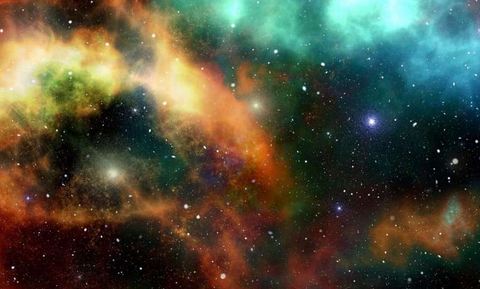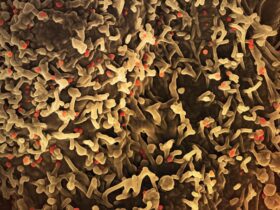According to long-standing laws and other cosmic rules, stars are formed in thick clouds of molecular hydrogen gas. The full process is complicated, but some recent research can offer enough details except for a thing.
What truly determines the level of star formation in galaxies is quite puzzling astronomers’ studies.
Now, a team of astronomers tries to come up with the best answers so far.Â
Here is what you need to know.
Could Star Formation Be Linked to Something
The new research includes a new statistical procedure based on Bayesian modelling. Astronomers used this to accurately account for those galaxies with undetected bits of molecular or atomic hydrogen.Â
The method proved to be a useful tool. It indicates that in usual star-development galaxies, atomic and molecular hydrogen turn into stars around regular timescales of 1 and up to 10 billion years.
As for the starbursts (active galaxies), they possess shorter has consumption timescales.
Professor Robert Feldmann released a statement discussing what stars are linked to. He said:
“[…] star formation is indeed directly linked to the overall gas reservoir and thus set by the rate at which gas enters or leaves a galaxy.”
Other Significant Insights
The research is based on observational data of nearby galaxies. Astronomers utilized the mighty ALMA (the Atacama Large Millimeter/Submillimeter Array), and other observatories, too.Â
The main goal was to probe the gas content of a considerate amount of galaxies across cosmic records.Â
Previous studies suggested that two main factors can influence the star formation. The first one involves the quantity of molecular gas.
The second factor, on the other hand, features the timescale over which the gas reservoir is wasted by transforming it into stars.Â
It is necessary to extend the development of new methods to precisely get the physical content from recent data. The mysteries of star formation in galaxies must be uncovered.Â











Leave a Reply